If you haven’t heard of Texas Wild make sure to watch this clip now:
Ray and Jessie’s work with Texas Wild is produced at West Texas A&M University in cooperation with Panhandle PBS KACV and reaches viewers in over 250,000 homes. In 2016, Jessie was awarded the Dan A. Klepper Memorial Scholarship from Texas Outdoors Writer’s Association for her work merging wildlife education and improving science literacy with the public through social media and television.
I first learned of Texas Wild via Instagram when Jessie Story introduced herself and shared a stunning photograph of her holding her first bobcat as a field assistant on a carnivore research project. I shared the image with all of you on Woman Scientist’s Instagram account and immediately asked Jessie to do an interview. She gladly agreed!

Those who work with Jessie Story in the field describe her as being a “tough-as-nails outdoors person that will sleep anywhere, work in any conditions, fears nothing (except heights a little), and is low maintenance. She can handle venomous snakes, canoes and kayaks, snorkels and films underwater, and is a capable spelunker.”
Her partner, Ray Matlack, describes her as the energy that keeps Texas Wild going.
She describes herself as a bit of a fashionista. “I like my handbags, a bi-weekly trip to the nail salon and wearing my sandals to lunch. Leather jackets, scarfs and all black attire are my go-to’s. Equally, I enjoy catching animals, swamps, camping, getting lost and getting dirt on my face. Don’t let my appearance fool you!”
Let’s hear more from Jessie:
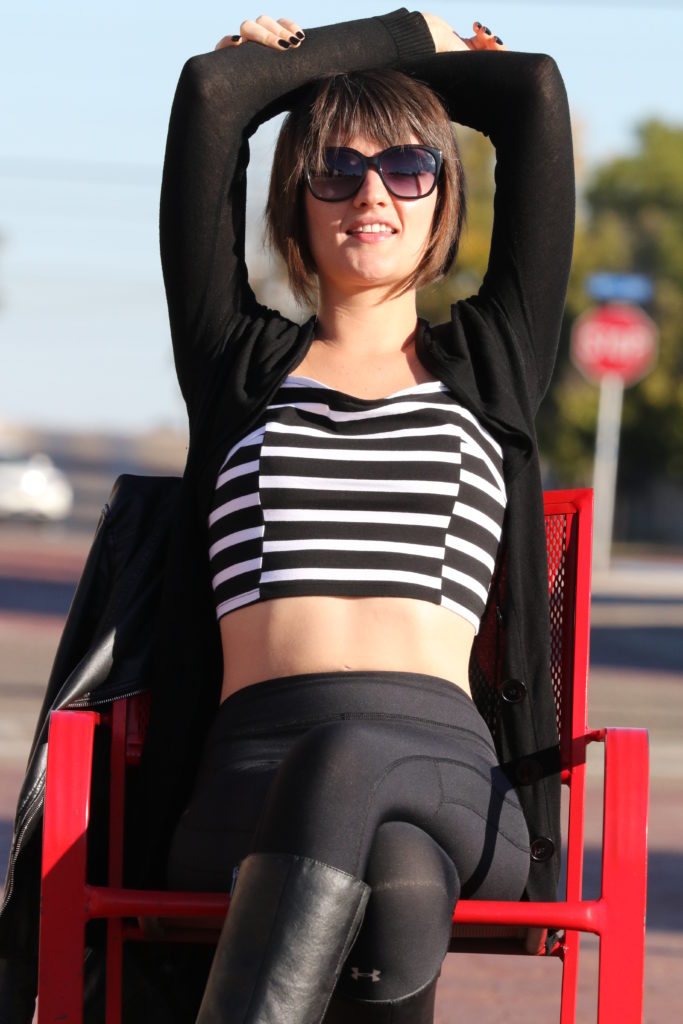
What is your earliest memory of being hooked by science?
Sharks.
As far back as I can remember I was fascinated by sharks. Since I was a child, reading has been a central pastime in my family. My mother is an avid reader which led to weekly trips to the library where she would swap out her bag of books. Some of my fondest memories are tagging along with my mother on her weekly Library trips where I would position myself in the aisle that held, on the bottom shelf, books about sharks. I would sit and flip through the pages while my mother browsed (as a child and young adult, I battled a severe speech impediment). Aside from sitting in the library aisle, I attended storytelling session in the library. I remember Native American stories as well as “Stellaluna,” an experience that shaped my love of bats.
Growing up I inhaled a large amount of nature and science documentaries, from sharks to Bill Nye. I watched as biologists explained their research and the tracking methods of specimens. I then would try to replicate the monitoring and data techniques. I would measure, weigh and sketch the patterns and morphological characteristics (such as lack of toe in Woodhouse’s toad) before releasing them. I was always fascinated by the animals themselves and this was just another way for me to handle wildlife.
Has your work allowed you to travel?
Man, I’ve been everywhere. My primary home range has been Texas–every inch of her–for the past 3 years during the creation of Texas Wild. Born in Amarillo, I reside in Canyon and consider Bastrop TX, a second home. Other activities have carried me outside of my home range from sleeping in the back of a Toyota truck on top of tripods in below-freezing temperatures at Bosque del Apache to the Sandhills of Nebraska and traversing large portions of the Great Plains. I’ve traveled from my hometown, Amarillo to Key West, scouting locations for future filming.
During the past three years working in the field for both research and film purposes, I travel the majority of the year often missing family holidays, celebrations and birthdays. This past Thanksgiving was the first holiday I’ve been home for in those 3 years
Did you have any preconceived notions about science, or scientists, and did that change once you explored your career in science?
Starting my academic career I really had no preconceived notions or expectations. One observation I quickly made was that there has been a separation between the scientific community and the public for far too long. The media has been an influencing factor in the creation of that gap. With that said, as members of the scientific community we can ill afford to not stand behind a proactive movement propelled within the realm of social media. Social networks are being used as tools to bridge this gap and to further connect the public with those in the scientific community.
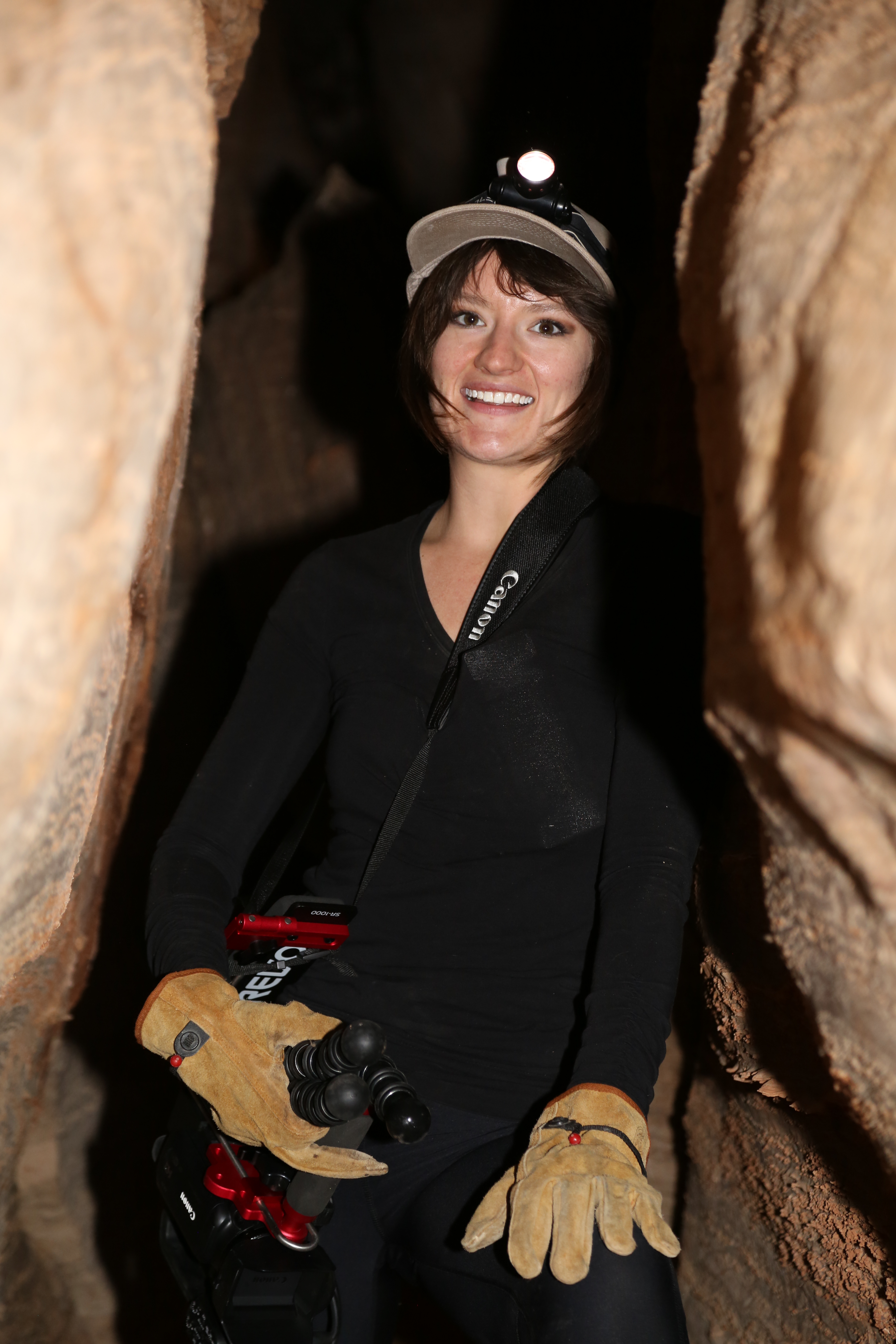
What is the big dream for your career?
To continue on my current path, traveling, filming and learning. As long as there is a camera in my hand, miles to cover and an intellectually stimulating environment, I’ll be content.
Was there any one person that inspired you?
Truthfully, there isn’t just one person who has influenced me. My drive is the result of books, music, plays, people I’ve meet along the way, childhood experiences and hockey (it sounds strange, I know but life is the place we spend in between hockey games). My parents have been a pivotal force for me; they have been married for 50 year now and have always been travelers.
What are your go-to inspirational materials?
Find what moves you whether that aligns with your path or not. Enjoy it, break it down and examine the pieces. Find out what parts reached out and grabbed you in the first place. Understanding why this “thing” lead to you become so enamored with it, will reveal what paths you should follow in your future.
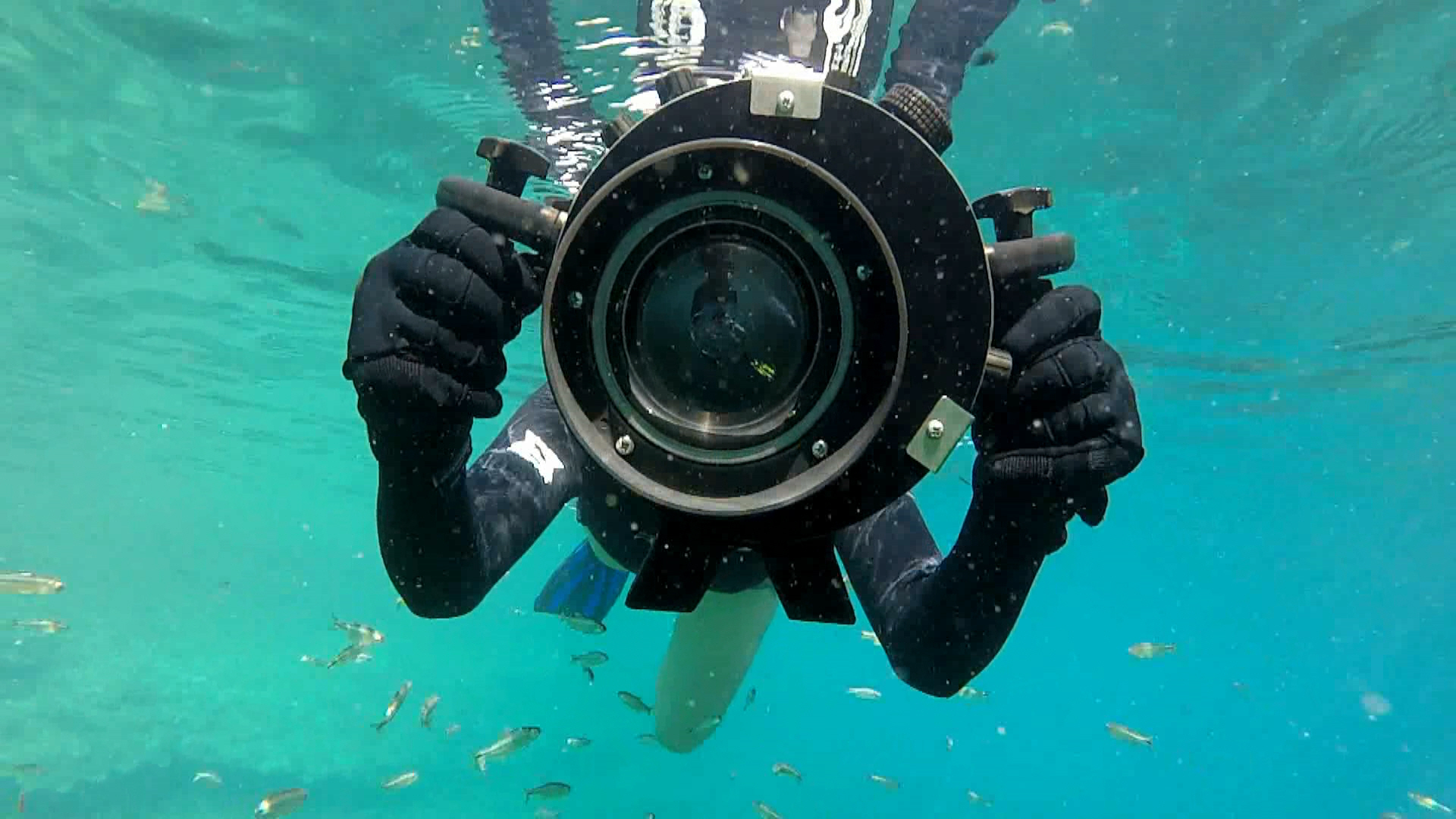
What were, or currently are, some big compromises or struggles you’ve experienced making a career for yourself?
The first struggle I’ve faced is “colleague conflict,” a little phrase I use that embodies the backlash one can experience as a result of their ideas, accomplishments, research or other academic endeavors. I experienced this as an undergrad at West Texas A&M University (WTAMU) when I beat out a graduate student for a position on a project. The following years introduced me intimately to “colleague conflict” as the grudge was carried by the student. As I continue my work, there is a realization that “colleague conflict” is an element that will always exist.
Another memorable experience that I get to hold close to me is being told my work holds no purpose or merit. In the aforementioned story, the very person I out-competed, told me that my work didn’t matter and “to compare you to me is like comparing apples to oranges!” Nothing woos me more. There has been a small crowd of people throughout my life and more recently, during my college career, who have lamented similar opinions and have tried to discredit the efforts that Ray and I have put forth in our time creating Texas Wild. It helps having someone like Ray in your corner during these times; he’s an optimist who never says die. As fate would have it, opposing forces have become powerful and motivating force.
Personal struggles include battling a speech impediment as a child and throughout my young adulthood. It took years of extensive speech therapy to get to the point I am today. I remember trying to learn how to say the phrase “the squirrel squatted in the square.” My speech impediment has made college that much more challenging to me. Family and friends keep me going.
What are some key points you wish you knew or that you remind yourself of during your science career journey?
Safety, safety first. Then teamwork.
What keeps you motivated when you’re feeling the drudgery?
The experiences you gain as a result of this lifestyle. I have a Patagonia hat I picked up in Florida a few years back. This hat is one of a few valued treasures of mine that I take on the road. The hat alone has traveled seven states, bares the ink stains from an octopus (bikini as well), was lost in Lake Jessup FL, which has 421 alligators/mile of shoreline (a childhood hangout for Ray), worn during an encounter with an 2.5ft nurse shark and has been envenomed by a broad-banded copperhead.
I had the fortunate of filming the largest bat colony, Bracken Cave, home to 15 million free-tailed bats and carry a scar on my left hand from a water snake which certainly puts a dent on my career as a hand model and experienced parasites.
Ray and I rediscovered the endangered Houston toads calling and filmed several other endangered species, flipped out of truck windows, broken equipment, missed the best shots, been hypothermic and seen parts of Texas, most never will. It’s the excitement of what comes next.
Another motivating factor is the impact this effort is making. I too often forget to reflect on how far this team of two has come, something Ray has taught me to do more of. We are self-taught and have been fortunate enough to gain a following of people who genuinely care about the cause. Most rewarding is when you see this passion being instilled in the next generation.
The End
A huge thank you to Jessie for sharing your inspirational journey with us and thank you to all reading!
Share
Did you like this interview? Share it with your friends to inspire the next generation of women to build science careers that get them out in the field!
Keep in Touch with Texas Wild
Media from Texas Wild has aired on the Red Steagall Show and The Daytripper. Social media posts have been researched by many conservation groups such as The Nature Conservancy-Texas and even groups as far as Australia. They’ve paired with schools around Texas so teachers can use their media in alignment with education curriculum to encourage and teach appreciation and conservation for wildlife.
Be sure to follow them on PBS, the Web, the blog, Instagram, and Facebook.
All media was provided courtesy of the Texas Wild team!
Share this: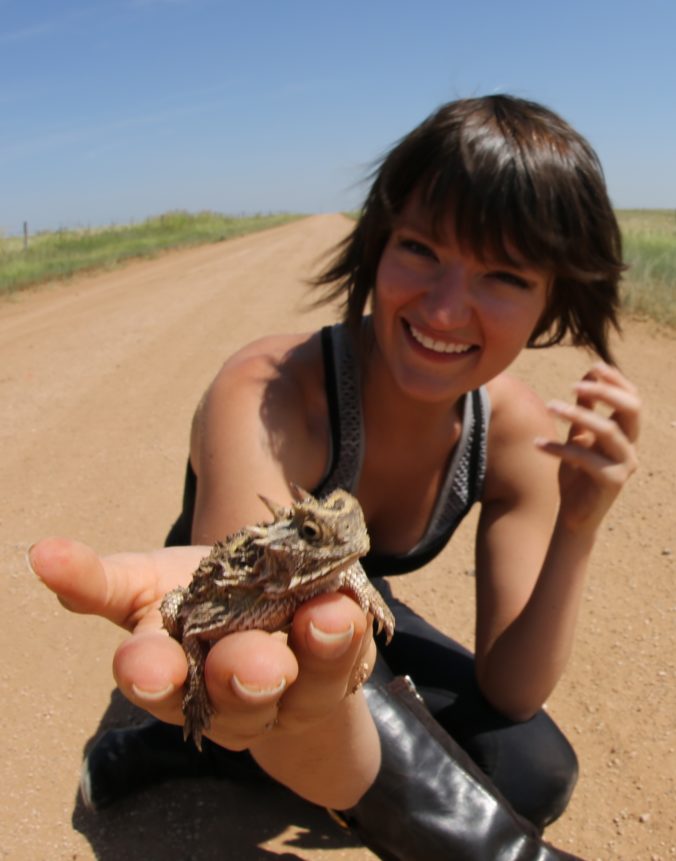
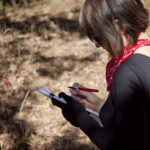
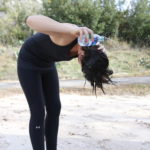
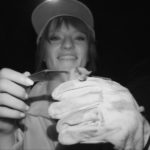
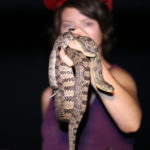






































Recent Comments